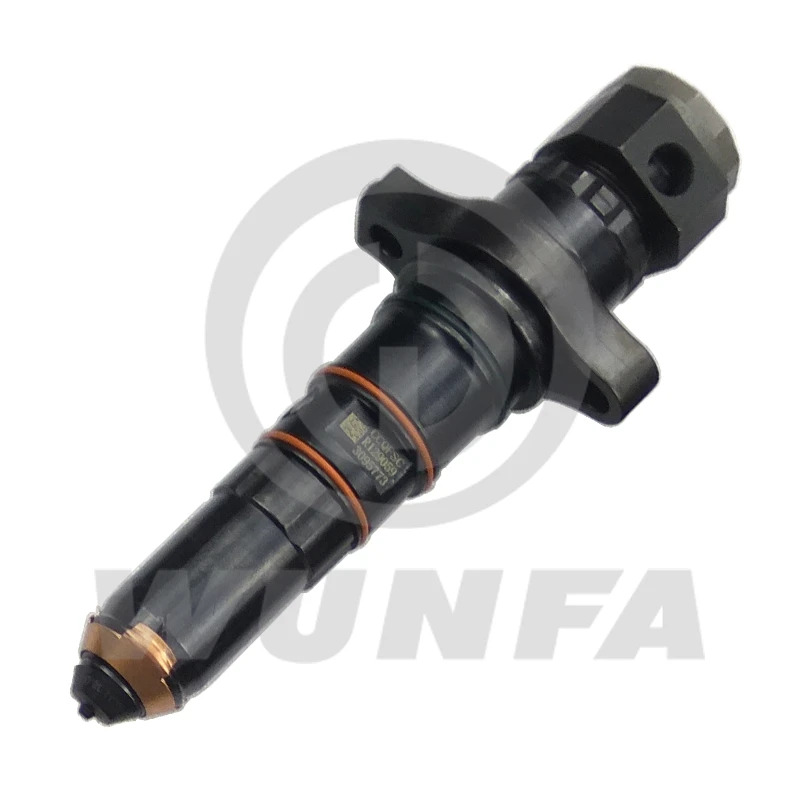In the realm of fluid dynamics, achieving precision and control stands as the cornerstone of success. Whether within industrial frameworks, automotive mechanisms, or hydraulic setups, the adept management of fluid flow emerges as pivotal for optimal functionality. Central to this proficiency are two indispensable components: control valves and delivery valves. Within this discourse, we embark on an exploration of these valves, unraveling their functionalities and elucidating their significance across diverse applications.
Control Valves: Orchestrators of Fluid Dynamics
Control valves represent the linchpins for regulating fluid flow, pressure, temperature, or direction within a system. Diverse in designs and configurations, these valves are bespoke to specific applications and operational contexts. At their core lies the fundamental capability to modulate fluid flow by adeptly maneuvering between open, closed, or partially obstructed states within a pipeline.

Critical Components and Operational Mechanisms
Comprising pivotal elements such as a valve body, actuator, and positioner, control valves encapsulate the essential infrastructure for governing flow dynamics. The valve body encapsulates the internal mechanisms orchestrating flow control, while the actuator—be it pneumatic, electric, or hydraulic—supplies the requisite force to actuate valve mechanisms. Augmenting precision, the positioner fine-tunes valve positioning in response to external cues, such as pressure differentials or flow rates.
Operationally, control valves dynamically adjust their positions to adapt to fluctuating system parameters. For instance, within a steam control system, these valves might widen to accommodate heightened steam demand, or conversely, restrict flow during periods of diminished requirement.
Versatile Applications Across Industries
The versatility of control valves renders them indispensable across a spectrum of industries, spanning oil and gas, chemical processing, power generation, and water treatment. In refineries, they navigate the flow of diverse fluids—ranging from crude oil to chemical compounds—across various processing stages. Similarly, within HVAC systems, they regulate air and water flow to sustain optimal environmental conditions. Across these domains, their precision and adaptability underscore their indispensability, fostering efficiency and safety within modern industrial landscapes.
Delivery Valves: Precision Fuel Injection Pioneers
In diesel engines, the delivery valve emerges as a pivotal player within fuel injection systems. Unlike gasoline counterparts, wherein fuel intermixes with air prior to combustion, diesel engines rely on direct, high-pressure fuel injection into combustion chambers.
Precision and Timing at the Fore
Delivery valves assume a critical mantle in this process, meticulously managing both timing and volume of fuel dispatched into combustion chambers. Collaborating with fuel injection pumps, which pressurize and dispense fuel, these valves dictate the temporal precision of fuel delivery. Such precision is paramount, optimizing engine performance, fuel efficiency, and emissions management.

Crucial Role in Diesel Engine Dynamics
Within diesel engines, delivery valves ensure that fuel injects precisely when combustion efficiency peaks, maximizing power output while curbing emissions. Any deviation from optimal timing or volume risks compromised engine performance, escalated fuel consumption, and heightened emissions.
Control valves and delivery valves stand as indispensable linchpins within fluid systems, facilitating crucial roles in fluid flow regulation and system optimization. Whether within industrial realms, automotive domains, or hydraulic frameworks, their precision heralds efficiency, reliability, and safety. As technological advancements march forward, the evolution of these valves promises enhanced precision and control within fluid dynamics, catalyzing innovation across industries.




























